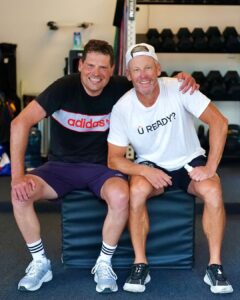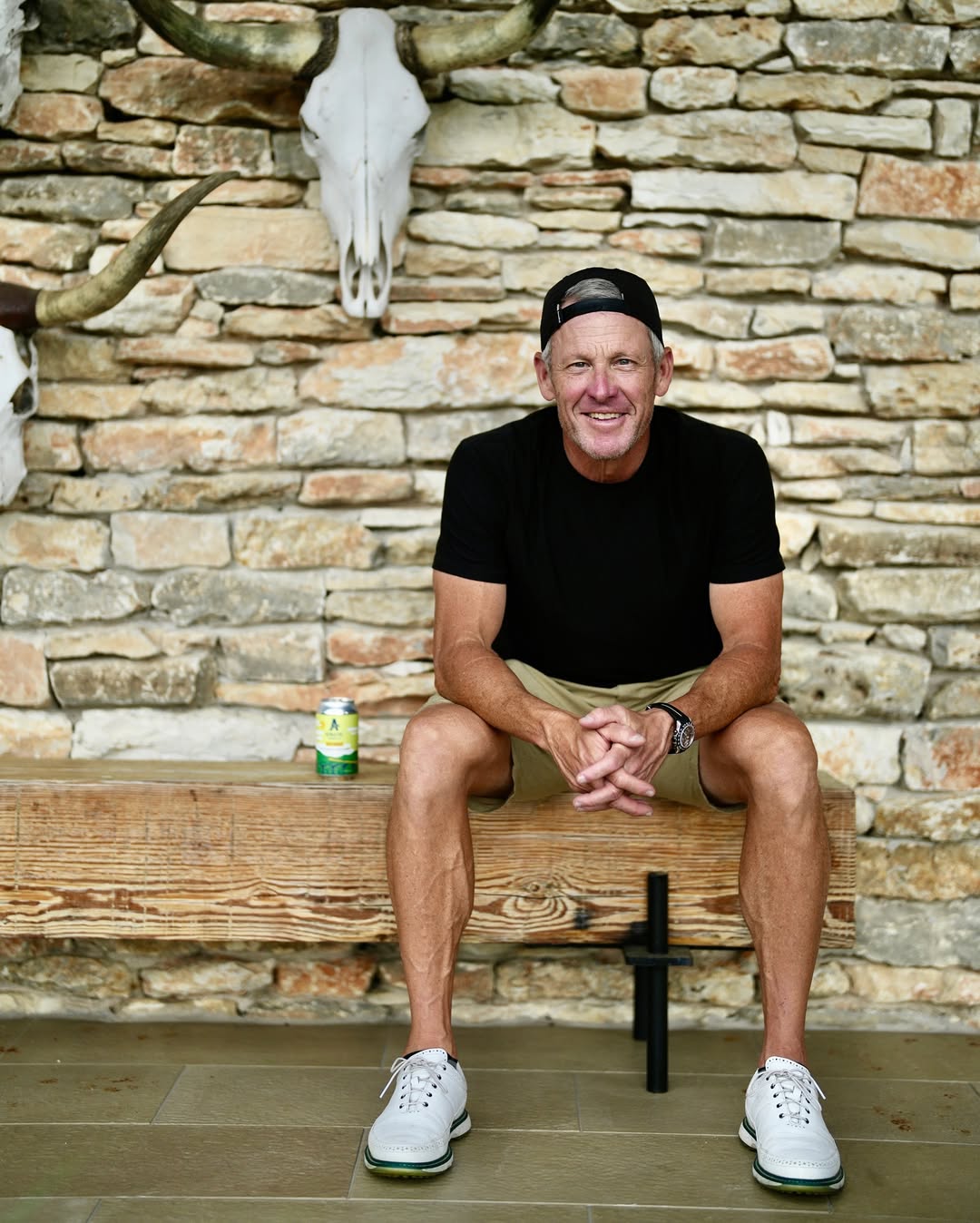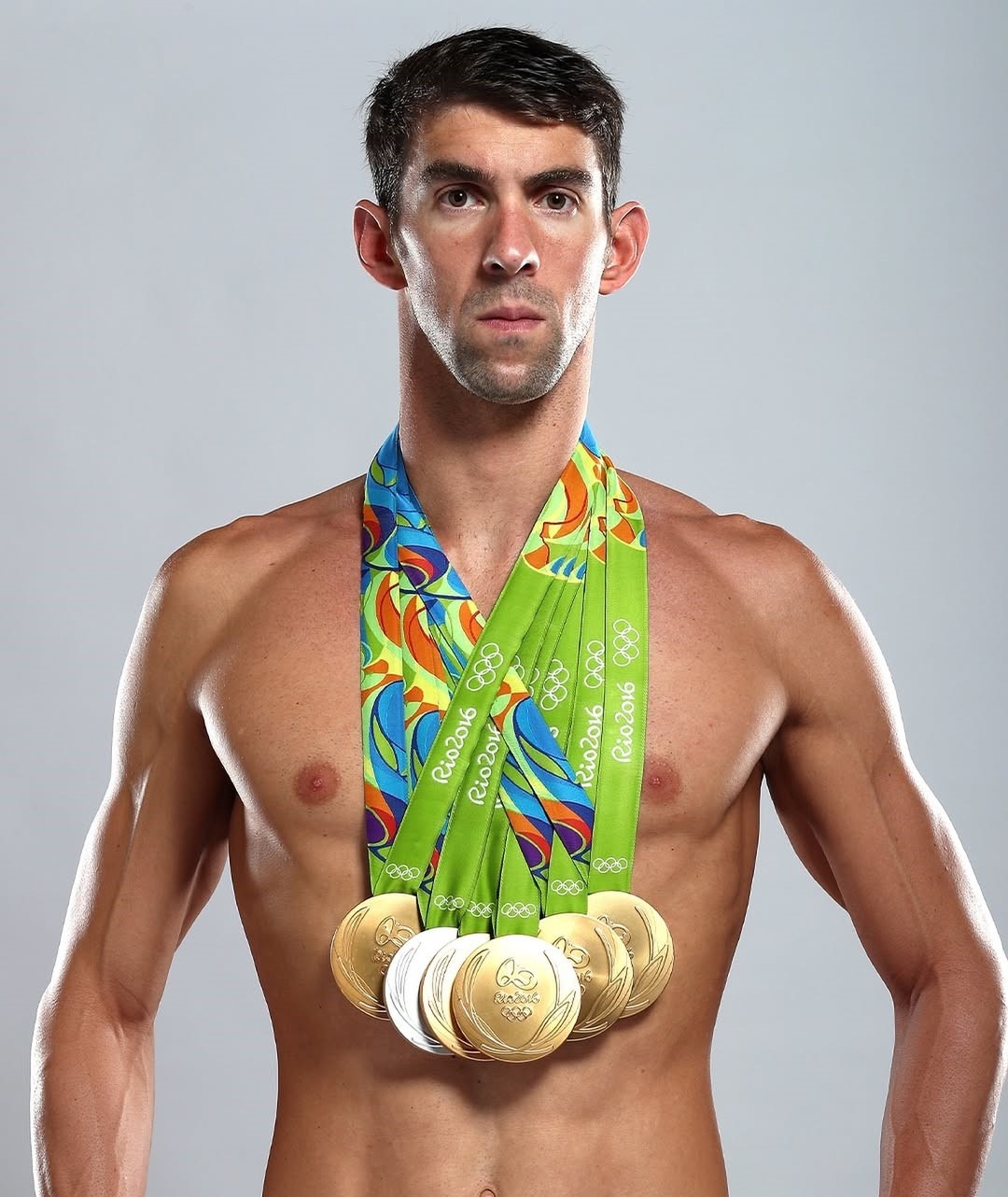Introduction: A Story of Rise, Glory, and Collapse
Not many names in the history of sport radiate as brightly and as dimly as that of Lance Armstrong. At one point referred to and celebrated as a cancer-vanquishing superhero who defeated the Tour de France like never before with an unparalleled streak of wins, Armstrong had also become an icon of hope, perseverance, and integrity. He motivated millions of people all over the world, not only because of his sporting achievements but also because of his Livestrong Foundation, which argued in favour of cancer survivors and patients.
The real story, however, was a tale of fraud. When Armstrong’s well-constructed world of victors and endorsements crashed down upon him after the truth about his drug (PED) use came out, the fallout was an unprecedented one. It was not the loss of a career–it was the destruction of popular confidence.
This is the fall of Lance Armstrong: how the threats to integrity dissolved, how fans were deceived, and what moral can we draw from one of the most outrageous downsides of modern sports history.
The Early Rise: From Prodigy to Champion

Lance Armstrong was born in 1971 in Texas, and as early as 1988, he became a promising player. He was a triathlete before devoting himself to professional cycling. The intensity of his play and unbowed energy won him respect and fear among his rivals.
Armstrong had already won a World Championship by 1993. His skills were seemingly endless, although his previous destiny had something harder in store.
The Cancer Battle That Made Him a Hero
Armstrong had testicular cancer that had spread into his scrotum and brain in the year 1996. His diagnosis could have resulted in an end to his life rather than his career. However, despite all the risks, he endured several surgeries and chemotherapies to survive.
This survival adventure turned him into a world icon, no longer just another sports star. The willpower displayed by Armstrong was publicized, and people considered him an indication that willpower is a strong enough force that can overcome anything.
He launched the Livestrong Foundation, which sold the now-popular yellow wristbands that grew to become a worldwide icon of solidarity and inspiration in the battle against cancer. At such a stage, Armstrong could only be associated with hope and integrity.
Ella Purnell: From Vault Dweller to Breakout Star in Fallout and Beyond
The Tour de France Glory: Seven Wins, Endless Praise
Armstrong won the Tour de France seven times between 1999 and 2005, and he is the first person to achieve this. Every victory enshrined his mythology.
Brands courted endorsements-Nike, Oakley, Trek, Anheuser-Busch, and many others could not wait to cut deals. Not only was Armstrong a biker, he was a business heavyweight.
To fans, Armstrong had to be more than a sports person. He was the man who conquered the disease of cancer and yet was known as one of the toughest sportsmen in the world. His battles were viewed to be in favor of humanity.
Still, there were rumours behind the scenes that all was not well.
The First Cracks: Whispers of Doping

The late 1990s and early 2000s were associated with cycling scandals, which were related to doping. Lots of the leading riders were found in possession of EPO (Erythropoietin), steroids, and blood transfusions.
Armstrong never admitted the claim. He viciously lashed back against those who criticized him and typically dismissed such critics as either liars or enemies. His words were that much heavier as people wanted to believe his miracle story.
Others, however, strongly suspected as journalists, teammates, and even anti-doping authorities, felt that something was not right with this.
Bianca Censori and the World of Celebrity Fallouts: How Public Spats Shape Influencer Culture
The Exposure: USADA Investigation
In 2012, the United States Anti-Doping Agency (USADA) made a damning case against Armstrong by stating that he was the head of a doping program that was the most advanced, professional, and successful the sport has ever seen.
The confessions of former teammates testified to the widely effective use of EPO, testosterone, and blood transfusions during Armstrong’s reign of all the Tour de France wins.
The proofs were unavoidable. Armstrong had his seven Tour de France titles revoked, and was permanently (lifetime) banned after the UCI accepted his lifetime ban imposed by the United States Anti-Doping Agency in October 2012.
The cheat of integrity was demolished in a single night.
The Fallout: A Hero Turned Villain
The fallout was swift and brutal:
- Stripped Titles: Armstrong’s victories were erased from official records.
- Sponsorship Losses: Nike, Trek, Oakley, and Anheuser-Busch terminated contracts. He lost an estimated $75 million in a single day.
- Foundation Impact: Livestrong distanced itself from Armstrong. Though the foundation continued, donations plummeted as trust declined.
- Public Shame: Once celebrated, Armstrong became one of the most disgraced athletes in history.
For fans who wore yellow wristbands and believed in his story, the betrayal was personal.
https://clogtheblog.com/fatepur/
The Oprah Confession: A Public Apology
In 2013, Armstrong participated in inane interview with Oprah Winfrey, which many people watched. It was the first time that he confessed to having doped in all his seven Tour de France wins.
Although the confession gave closure to the story, it was too late. To a large number of people, it was more than cheating; it was years of deceit, silencing of people who spoke out the truth, and an impression of honesty.
The Oprah interview was Armstrong moving on to a reluctant confession, but damage had already been done.
The Human Cost: Broken Promises and Lost Trust
The biggest fallout wasn’t just Armstrong’s titles—it was the trust of millions:
- Cancer Survivors: Many felt betrayed because they saw Armstrong as a symbol of hope.
- Fans: Supporters who defended him for years felt humiliated.
- Cycling as a Sport: Already plagued by doping, cycling’s credibility took another massive blow.
- Young Athletes: The revelation shattered dreams, showing that even the most celebrated stories could be built on lies.
Armstrong’s promise of honesty, resilience, and clean competition collapsed like a house of cards.
https://clogtheblog.com/life-trip/
Comparing Armstrong to Other Scandals
While many athletes have been caught doping, Armstrong’s case stands out because of:
- The Scale of Deception: It wasn’t just personal cheating—it was a team-wide, organized system.
- The Personal Story: His cancer comeback made the lie more painful.
- The Aggressive Denials: He didn’t just deny doping—he destroyed the reputations of those who spoke the truth.
This combination made his downfall one of the most dramatic in modern sports history.
Caitlin Covington: The Unofficial Face of Christian Girl Autumn
Lessons from the Lance Armstrong Fallout

- Integrity Matters More Than Victory
Winning at any cost eventually costs everything. - Truth Always Surfaces
Lies may succeed for a while, but the truth eventually emerges. - Heroes Are Human
Idolizing athletes or celebrities without acknowledging their flaws can lead to disappointment. - The Importance of Transparency in Sports
Stronger anti-doping measures and accountability are essential to restore trust.
The Attempt at Redemption
However, Armstrong attempted to restore his image in the last few years. He is a host of the podcast The Move, in which he makes comments on cycling events. He has acknowledged the errors in judgment and tried to reinvent himself in the non-cycling world.
Some laugh at his candour nowadays, but to many the wounds are still raw. Redemption can be made, but full trust may never come back.
Police Clarify Bryan Kohberger Did Not Identify Victim Kaylee Goncalves by Name Before Murder
Conclusion: When Promises Crumble
This is not the story about the world of cycling, and Armstrong could not be called a simple cyclist, but a human nature story with ambitions, and the price one can pay in the world of lies. He was once a hero who brought hope to millions of people, and then turned into a reminder of how bad a decision can lead one to compromising his integrity concerning success.
The demise of Lance Armstrong serves as a reminder of what the real greatness is about: to win the titles on the field, but to commit to a promise of being a person of honesty and integrity.
FAQs about Lance Armstrong
Q1. Why was Lance Armstrong stripped of his titles?
He was found guilty of leading a large-scale doping program and admitted to using performance-enhancing drugs.
Q2. How many Tour de France titles did he lose?
Lance Armstrong was stripped of seven Tour de France titles (1999–2005).
Q3. Did Livestrong Foundation survive after the scandal?
Yes, Livestrong continued, but donations and public trust significantly dropped after Armstrong’s downfall.
Q4. What is Lance Armstrong doing now?
He runs podcasts, invests in businesses, and occasionally appears in cycling commentary, but remains banned from professional sports.
Q5. Why is Lance Armstrong’s scandal considered the biggest in sports?
Because it combined doping with a powerful cancer-survivor narrative, widespread corporate endorsements, and years of denial, making the betrayal deeply personal for millions.
Who Is Whitney Alford? Inside the Life of Kendrick Lamar’s Longtime Fiancée



Pingback: Michael Phelps Bong Photo Fallout Explained
Pingback: Will Smith Fallout: Oscars Slap Aftermath
Pingback: Courtney Love Crashes Madonna’s 1995 VMAs
Pingback: Trump downplays: Chicago Threat Sparks Backlash